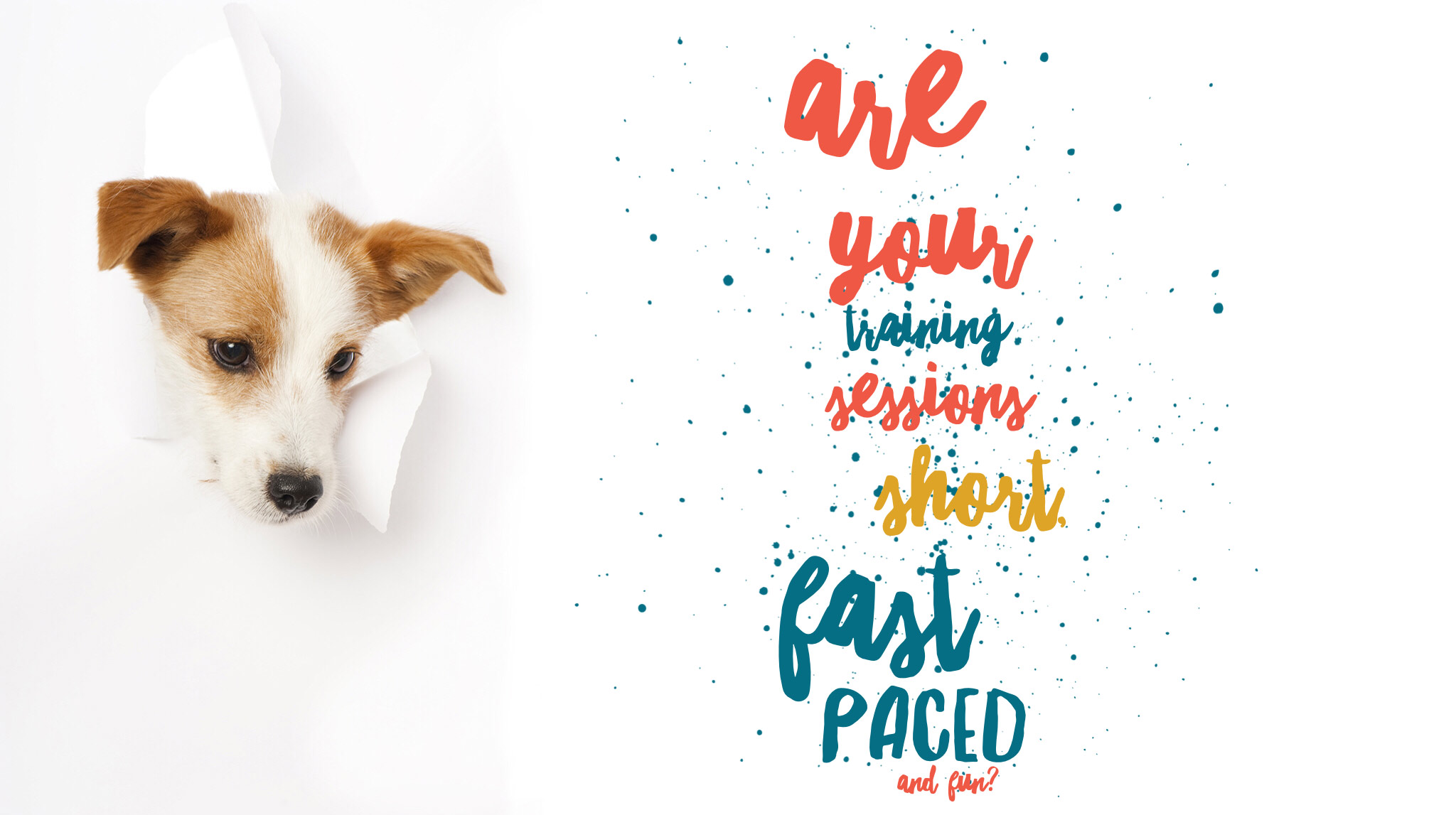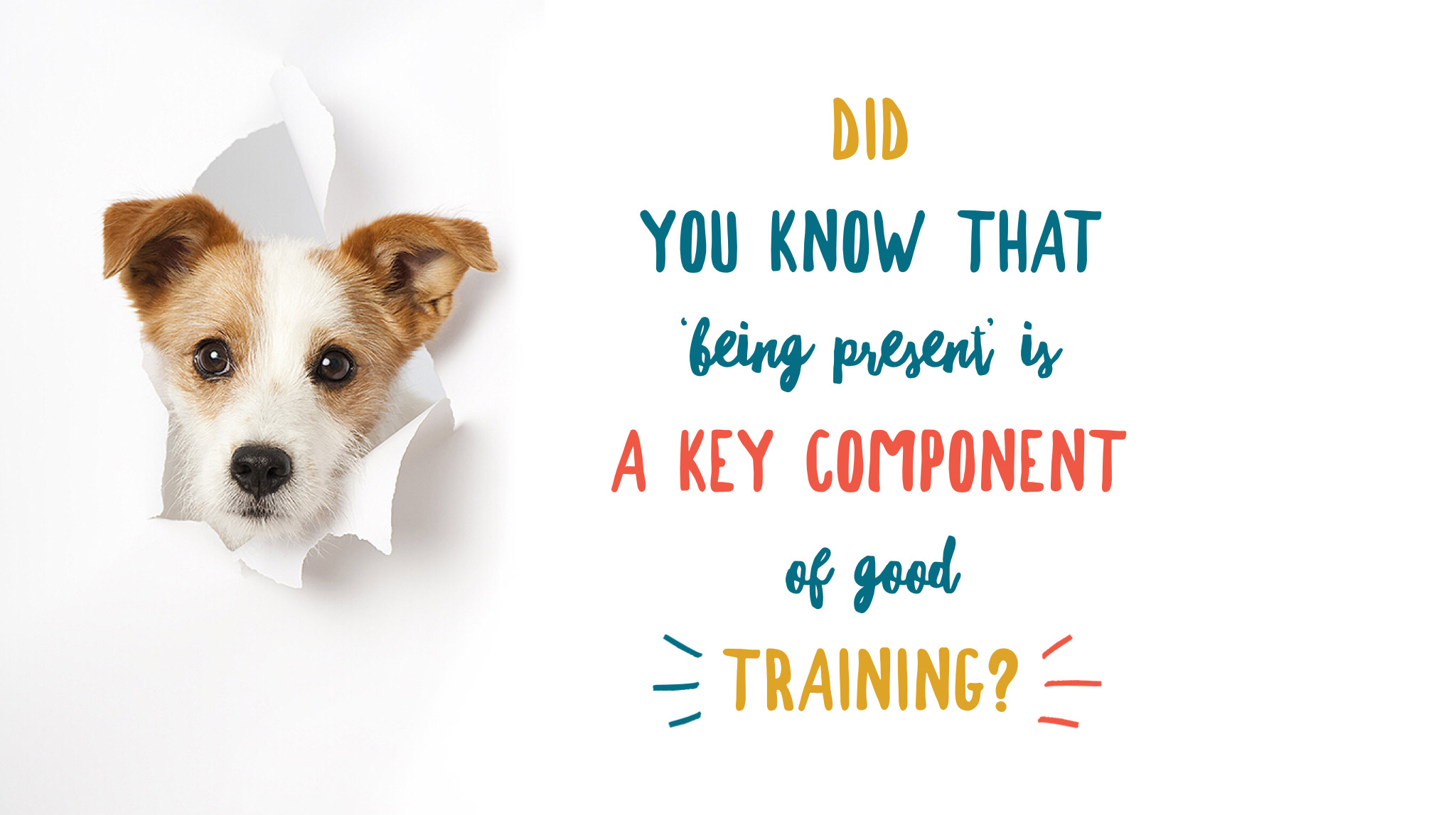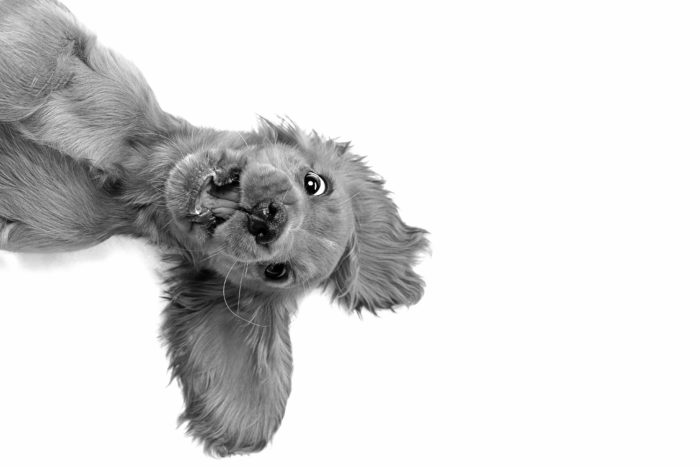Hello! Is Anyone Home?
We could take many lessons from dogs. How about the lesson on being present? They love it when you pay attention to them. Did you know this is a key component of good training?
The difference between a great training session and mediocre one is the attention to detail. Mental presence helps create a connection with your dog. The magic will start to happen once you and your dog maintain eye contact with each other during your sessions and you are both equally engaged in the process of working together. This is good stuff!
If you are taking the time to educate your dog you may just as well strive to make it the best education you can offer. Let’s look at what other components of training are worth understanding and paying attention to.
It Is The Journey Not The Destination
When you are teaching something new or polishing up an existing behavior it is important to stay focused on the process rather than the end result. This is not to say that a goal is not important but the reality is it will take some steps to achieve that goal. Stay focused on the steps. This makes for a great training session.

Reinforcement Lingo
A high rate of reinforcement means a lot of rewarded repetitions in a short period of time. This is one of the most valuable things you can strive to do while working with your pup.
I teach my students a game called the 1-Minute Sit Sprint. What it does is gives an accurate account of how many repetitions can be done within the span of one minute. Aim for 10 to 15 rewarded repetitions of sit within one minute. This is a high rate of reinforcement. It will help your dog stay in the game and learn faster. You can teach your pup how to sit playing this game or use it to sharpen his moves and yours too.
Set a timer for one minute, count out 15 soft, tiny treats that your dog loves. Put yourself on the clock. Ask your pup to sit, reinforce the sit with the treat, release , and repeat. This game gives you a clear goal and important information about your training skills. It is a great warm-up before a walk or training session. Playing this game regularly will improve your training skills as well as your pup’s sit and attention.
A strong history of reinforcement translated means your puppy has been rewarded many times for a particular behavior. This means the likelihood of your pup repeating that behavior is increased. Let’s look at the example of calling your puppy to come. If you call your puppy to come 20 times in a fun, fast paced training session (set a timer for three minutes, and each time pay large) and you do this a few times per day you are creating a history of reinforcement with the behavior associated with the word ‘come’.
Conversely if you use the word ‘come’ recklessly and don’t reinforce each time you call you are decreasing the probability your dog will always come when you call. Who wants a pup who won’t come-a-running when called? No one, that’s who!
Timing of your reinforcement is your ability to get the goods to your puppy at the right moment. This should be just a few seconds after the desired behavior. Don’t be slow and sloppy with your treat delivery. Have a treat pouch or your treats easily accessible on a near by table or shelf.
Om
Dogs are always paying close attention to our body language and movement. When you are not reinforcing/rewarding with treats keep your hands quiet in front of you at belly button, side of hips or chest.
Economy of words is a worthwhile effort. We are chatty ones. All this gabbing can get confusing and distracting for dogs. If we have to keep asking for a behavior such as sit or down the pup needs more training. No big deal, we all need to keep working at things. It is a fun game to try and communicate with a dog without speaking. Try just using your body or hand signals. Can you get your dog to follow you, sit or lie down without talking?
Let’s Get Busy
Don’t forget to proof the behavior around distractions and train in different environments. Train in the places and situations you want your pup to be able to perform the behaviors.
Keep your sessions short, fast paced and fun. For a young puppy one to three minute sessions are plenty.
The Origin of Puppy
Please keep your expectations and goals realistic. A new puppy is not going to behave the same as a well-trained adult dog. Focus on ‘puppy- friendly’ moves. Create a solid, thoughtfully constructed base to build on.


